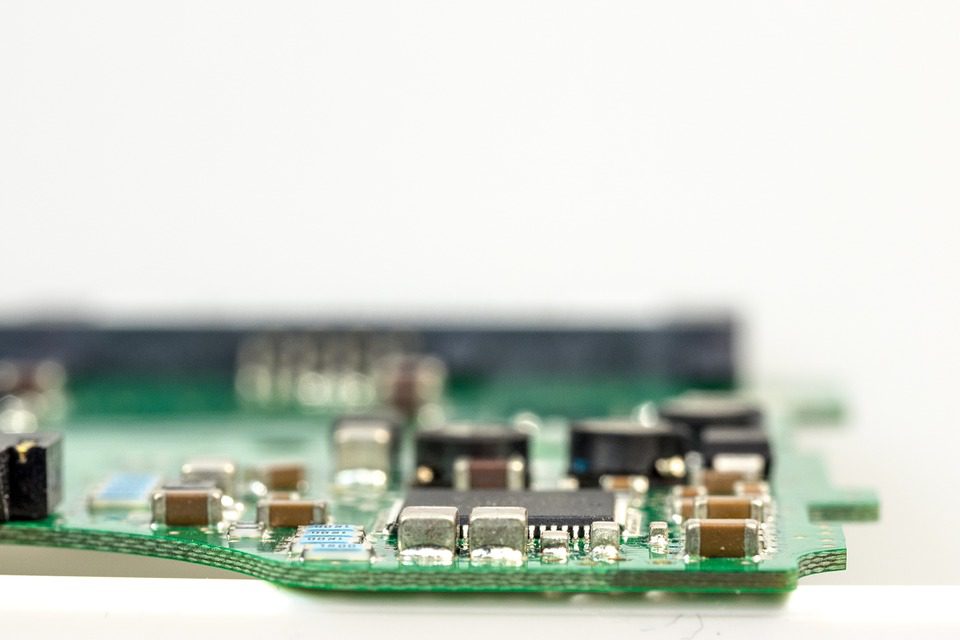To understand the IPC-A-610 manufacturing standards, let’s back up and clarify what the IPC is. The organization started out under the name of the “Association Connecting Electronics Industries.” This trade association started in 1957 with a goal to standardize the assembly and production requirements of electronic equipment and components. The IPC initialism came into play when the organization’s name changed to the Institute for Interconnecting and Packaging Electronic Circuits. Today, the association uses the IPC initials and couples it with its original name (Association Connecting Electronics Industries) as a tagline.

(Pixabay / blickpixel)
This standard-setting organization is affirmed by the American National Standards Institute (ANSI), but its credibility extends well beyond the U.S. Countries around the world recognize and adhere to its guidelines. In fact, its standards are the most commonly deferred to in the electronics industry.
At EMS Solutions, we adhere to IPC-A-610 II and III manufacturing standards. Of all of the IPC’s published standards, the IPC-A-610 benchmarks are the most used. They pertain to the criteria for printed wiring assemblies. Companies can adopt the IPC’s program, which includes education and certification for employees for IPC-A-610 compliance.
Holding the IPC-A-610 II and III certifications helps ensure that all of our employees adhere to the highest manufacturing standards for our wiring assemblies. At EMS, we specialize in printed circuit assemblies, cable assemblies, and box build (final) assemblies. In addition to IPC-A-610, we also hold certifications for ISO 9001:2008, AS9100, and RoHS (lead-free) manufacturing.
Adhering to IPC standards helps us gain better control over our end product, create more reliable assemblies, communicate better with our suppliers and employees because we are all speaking the same technical language, and contain costs so that we can pass savings on to our customers.
